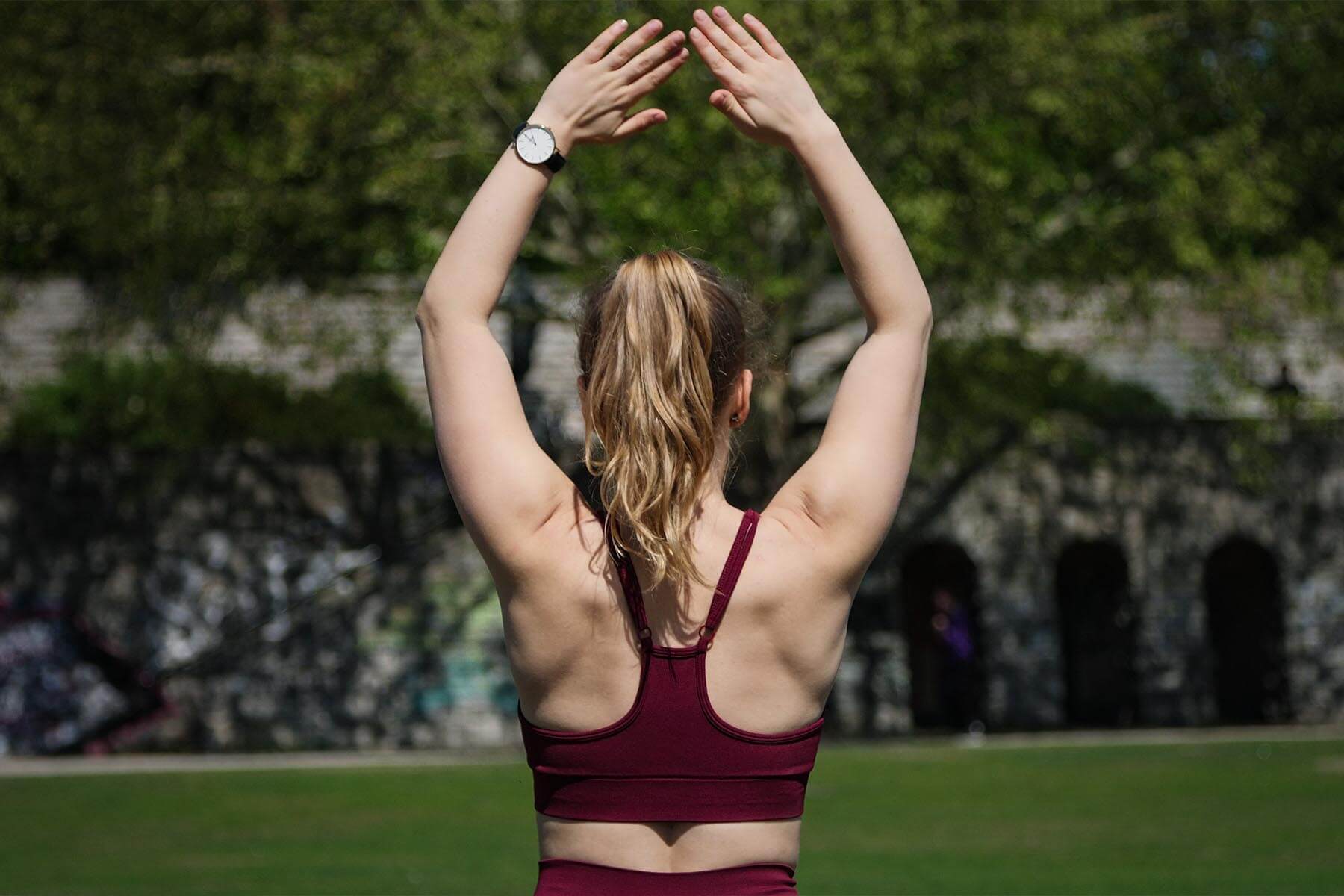Most modern people use chest breathing, which is easy and effortless. They take it for granted that breathing is easy. Breathing in this way, the chest rises and falls as you inhale, and most of the air only goes into the upper part of the lungs, making effective ventilation impossible. However, the correct breathing should be the use of abdominal breathing, when inhaling abdominal bulge, will make the diaphragm below the lungs down, a lot of air in the lungs, when exhaling the abdomen naturally concave, so that the diaphragm rises, compression of the lungs, out of the air. Use the diaphragm to rise and fall for more efficient breathing, receiving more oxygen.
How to practice abdominal breathing?
Sit or prostrate in a comfortable position with knees bent, and wear loose clothing to allow free movement of the chest and abdomen.
Placing one hand in the middle of your chest and the other on the lower edge of your ribs will allow you to notice and check if you are doing the right thing.
When inhaling, breathe in slowly through the nose, and make the abdomen bulge to the maximum extent, that is, the hand on the abdomen has the feeling of lifting.
Exhale, exhale from the mouth, placed in the abdomen of the hand can feel the lower belly concave, at the same time the abdominal hand can be slightly inward, upward pressure, help diaphragm up.

Breathing muscle training, more benefits
Because the lungs have no muscles of their own, they do not breathe actively, so they need the help of breathing muscles to complete the breathing action. Breathing muscle training is directly aimed at the respiratory muscle group used in breathing, after exercise can improve muscle elasticity, drive circulation, sculpture muscle memory, has a significant help to breathing.
The benefits are as follows:
- Reduce the number of breaths, learn to regulate breathing, slow down fatigue and improve aerobic metabolism.
- Diaphragmatic muscle training increases lung volume and maximal oxygen uptake by every centimeter decrease.
- Improve the strength of core muscle group, increase instantaneous ventilation, and improve the tolerance of cardiopulmonary function during activities.
- Deep and long breathing can promote the activation of parasympathetic nerve and stabilize mood.

Feeling like you've got phlegm in your throat forever? Learn ACBT respiration for easy expectoration
ACBT -- Active Cycle of Breathing Technique -- is a Breathing Technique that allows the air sacs to expand more completely by keeping the Breathing passages open at the end of exhalation, increasing the vibration of air in the airway to help clear mucus. It is mainly divided into three stages: abdominal breathing, chest expansion exercise and hard breathing. First, take abdominal breathing, in an upright or sitting position, and relax. Repeat three to five times. This is followed by pleural dilation, which is mainly used to loosen sputum. Put your hands to the waist and inhale deeply. At the same time, your hands will feel the expansion of your chest when you inhale and hold your breath for 2-3 seconds. Then slowly exhale and repeat this action 3-5 times. The final stage is to exhale forcefully, after a brief inhalation, to expel the sputum.


